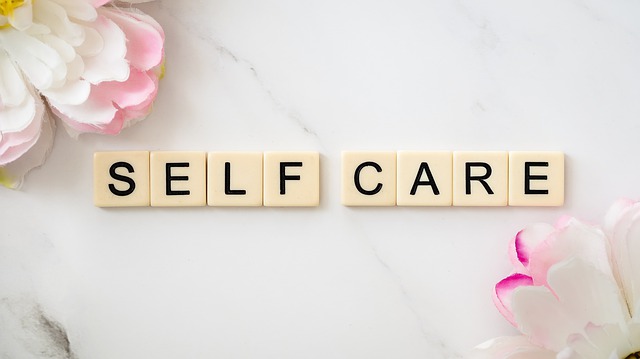Self-care is an important step in maintaining a healthy, well-balanced life. There are different types of health ranging from mental to physical. It is important for self-care to factor in both mental and physical health.
Self-care for mental health
Increasing relaxation can help mental health by decreasing mental stressors. Some great ways to relax involve meditation and going on nature walks which can help relieve stress by giving the mind a release. Some outlets that can be employed to cope include journaling and talk therapy. Journaling is a cathartic way to voice your concerns which can help to relieve stress and give an opportunity to gain clarity when you look back at the things you’ve written in the past and have since overcome. Therapy is great for mental health since it involves voicing concerns to a third party who is a trained professional and can give helpful guidance about how to approach problems and develop healthy coping mechanisms. Regular socialization with friends and those close to you is also important to check in with your mental well-being since it reduces loneliness and reinforces positive bonds.
Self-care for physical health
Nutrition is a key factor in maintaining physical health since a lack of certain vitamins can result in deterioration of the body. Fitness is an important tool to maintain physical health since it keeps the body strong and increases stamina which helps it function at optimal levels. Some great exercises for physical health are swimming, yoga, Pilates and spin classes. Moving your body releases endorphins, popularly known as the “happy” brain chemical.
Mental health and physical health are connected so maintaining both is the key to a balanced, healthy life. Focusing on your needs as an individual helps you to be able to function at an optimal level.
Dr. Barbara R. Edwards, a Princeton MD is the Academic Director for the Ambulatory Residency Program at Penn Medicine Princeton Health, providing quality care to uninsured and under-insured New Jersey residents in Mercer and Middlesex counties.






